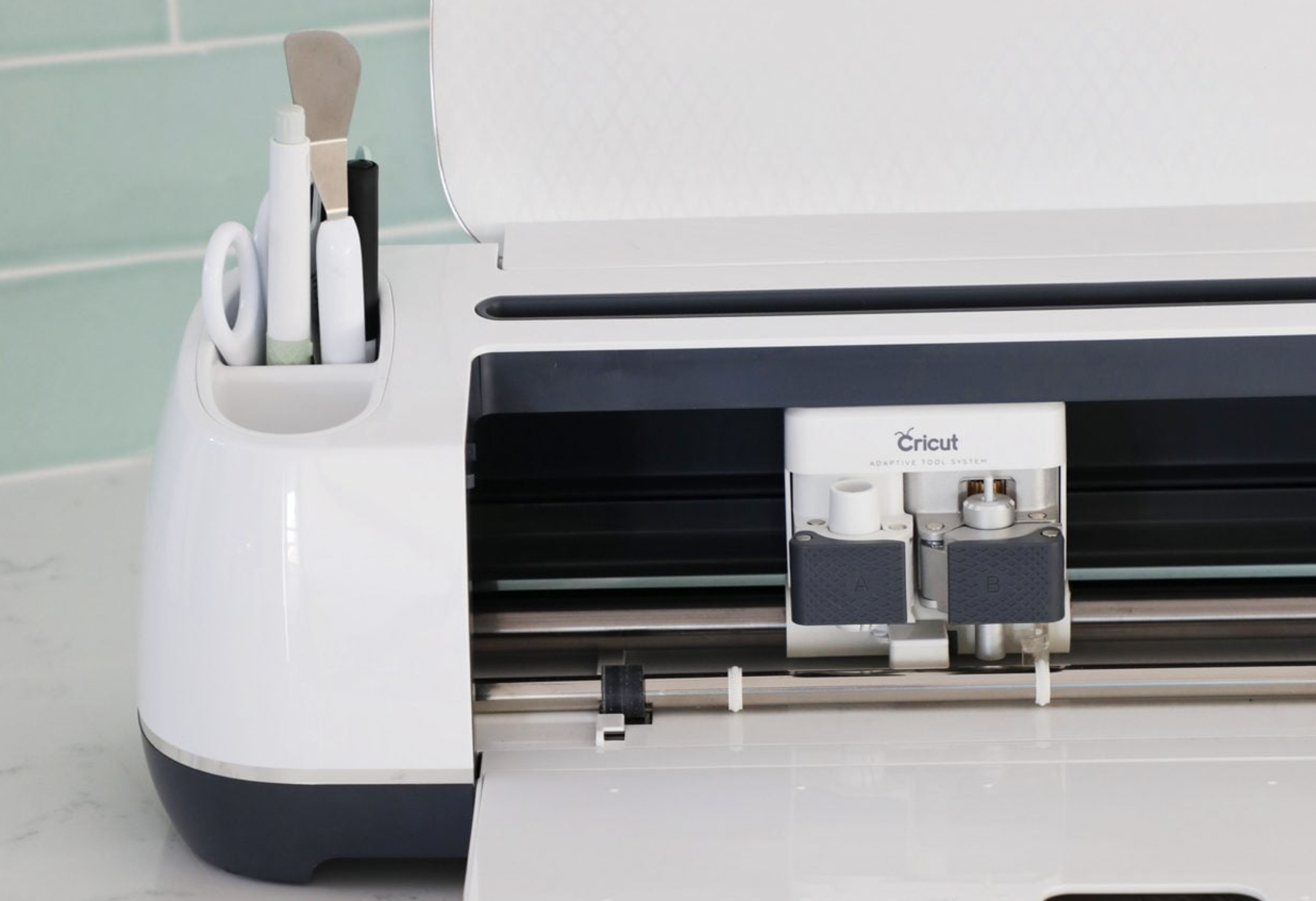
In this beginner’s guide to craft vinyl, we will look at different types of available vinyl, including Heat transfer and EasyWeed Stretch. We will also explore infusible ink pens, another option for beginners. Once you have determined which vinyl type is best for your project like adhesive vinyl, you can begin creating. This guide will also cover vinyl basics, including selecting the suitable material for your project.
Table of Contents
EasyWeed Stretch is a beginner’s vinyl:
When crafting with vinyl, the Siser EasyWeed vinyl starter kit is an excellent choice for beginners. Its primary colors are perfect for beginners. You can also add glitter or metallic colors to your collection. Beginners will appreciate the variety of materials and techniques this craft vinyl is suitable for. The EasyWeed vinyl starter kit allows you to express your creativity and save money while creating unique crafts.
It’s easy to get confused with the different types of craft vinyl, but the Siser EasyWeed Stretch starter kit contains all the supplies you need to get started. It includes twelve 12″ x 15″ sheets of vinyl in various vibrant colors. Beginners should choose EasyWeed Stretch if they plan to use stretch vinyl for apparel projects.
Oracal 631 is a temporary type of vinyl:
This vinyl is an excellent choice for a variety of projects. You can use it for accent walls, accessories, and more. And, with the help of a die-cutting machine, you can create intricate designs, trims, and shapes. It is also removable, making it ideal for scrapbooking. This product comes in 54 colors and three different sizes, making it an excellent choice for indoor and outdoor projects.
There are many advantages to this transfer tape for vinyl. It is durable and can withstand the rigors of daily use. The vinyl is rated for three years indoors, but it won’t withstand the outdoors very long. However, if you plan to use your project outdoors, make sure to choose a clean surface. This material doesn’t withstand UV rays, so it’s not suitable for long-term outdoor use.
Heat transfer vinyl:
You’re not alone if you’ve never heard of heat transfer vinyl. This beginner’s guide will teach you everything you need to know about this popular crafting material, from where to buy it to how to use it. You will learn about its many uses, but you’ll also understand the different types available and how to use them correctly.
There are two main types of adhesive vinyl: heat transfer vinyl and adhesive vinyl. These two types of vinyl have different uses, but in general, they can be used on various surfaces. Heat transfer vinyl, or HTV, is used for iron-on applications, such as on t-shirts. Depending on the surface you plan to decorate, you can choose either type.
Infusible ink pens:
There are many different types of craft vinyl available. Some are used for home decor, others for lettering or graphics. If you’re considering vinyl for your craft project, read this guide first. You’ll discover how to select the right type for your project. Read on to learn more! Once you’ve decided on the type of craft vinyl, you’re ready to start creating!
TeckWrap scrap collector:
Using the Teckwrap Craft Scrap Collector makes the job of weeding easy. This device features a hole in the middle that collects sticky scraps. Its powerful suction makes it durable, and it can also be used as a fancy holder for weeding tools. This gadget also comes in a variety of colors. You can even turn it into a weeding tool holder for added convenience by removing the sleeve.
HTVRONT HTV Vinyl Rolls Heat Transfer:
If you’re looking for a way to decorate a fabric without using paint, heat, or dye, then HTV vinyl rolls are the way to go. These heat transfer vinyl rolls come in rolls, which can be cut with a vinyl cutter and weeded, then adhered to fabric with a hot iron or heat press. The material’s heat-resistant properties mean that it will not peel, discolor, or fade over time.
Before you can begin applying HTV to fabric, you’ll first need to learn about the process. Heat transfer vinyl comes in both rolls and sheets, and each is available in a wide variety of colors, textures, patterns, and finishes. You’ll want to learn the correct way to use your heat press and how to apply the vinyl. After you’ve learned a bit about how to apply HTV to fabric, you can move on to the next step: choosing the right HTVRONT heat transfer vinyl.